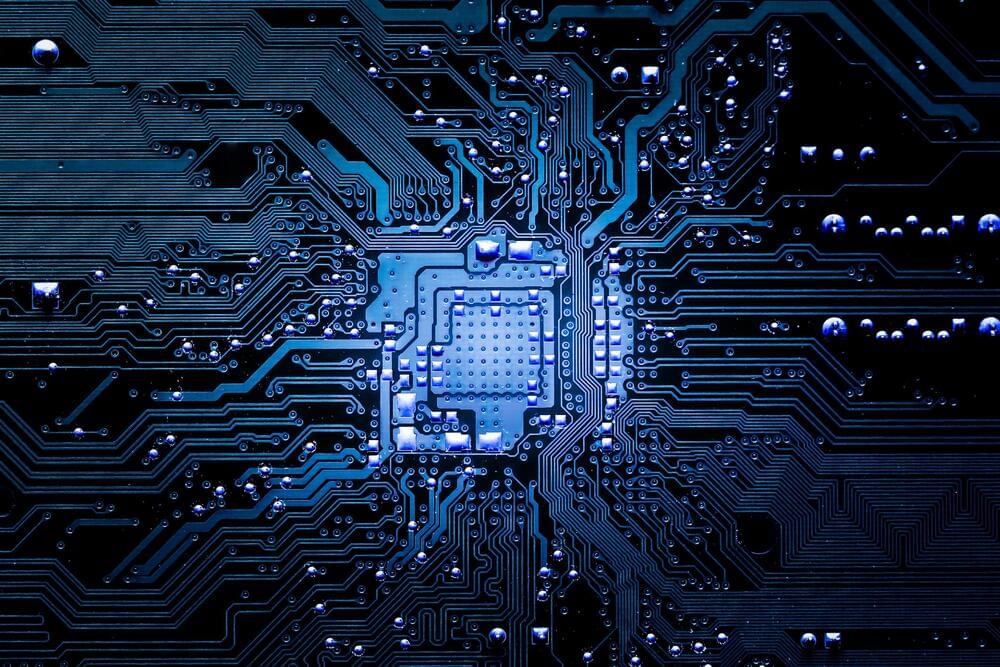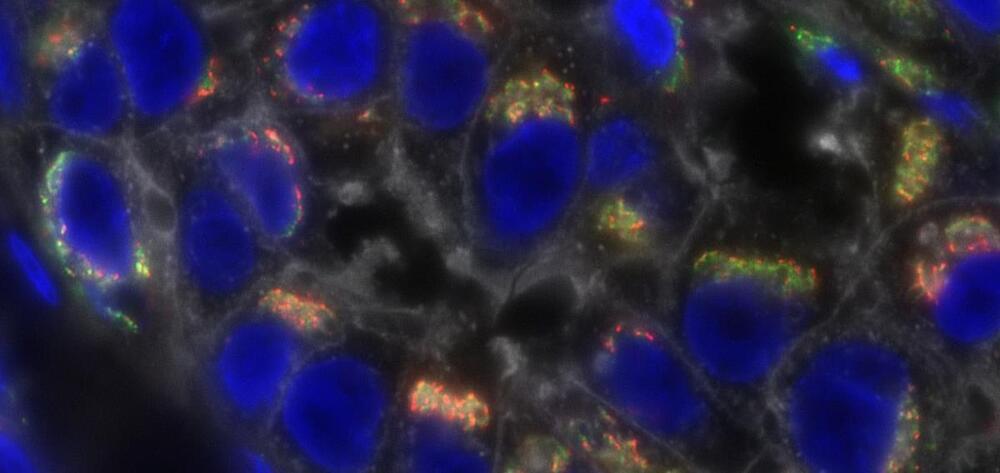Two days after AIM said that it’s time for OpenAI to launch GPT-5, the company filed a trademark application for “GPT-5” with the United States Patent and Trademark Office (USPTO) on July 18. This move suggests the potential development of a new version of their language model. The news was shared by trademark attorney Josh Gerben on Twitter on July 31.
The trademark application says that GPT-5 is related to computer software for generating human speech and text, as well as for natural language processing, generation, understanding, and analysis. It is speculated to be the next powerful version of OpenAI’s generative chatbot, following the previous release of GPT-4 in March.
Despite the trademark application, there is no confirmation of immediate development for GPT-5. While it is likely that OpenAI has plans for an advanced language model in the future, the primary purpose of the trademark filing might be to secure the name “GPT-5” and prevent unauthorised use by others.






